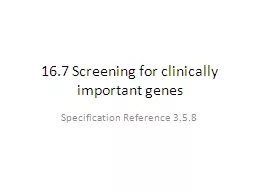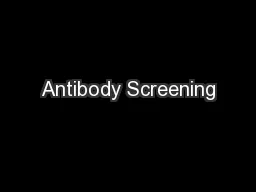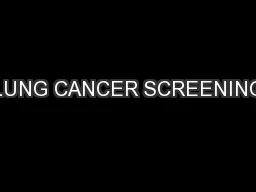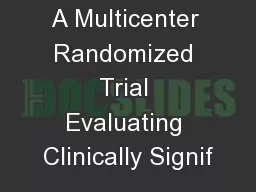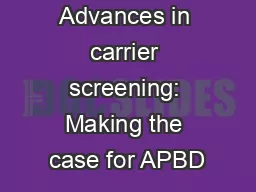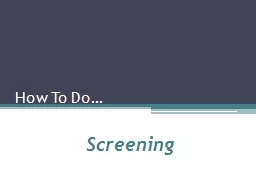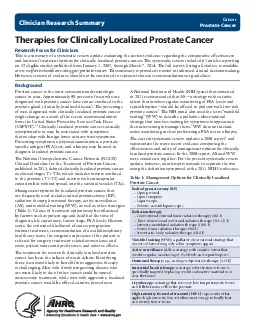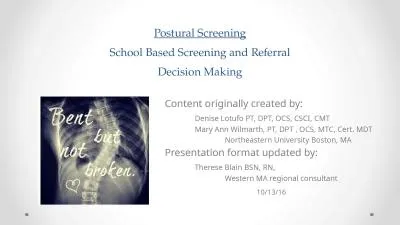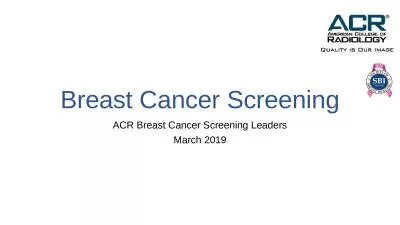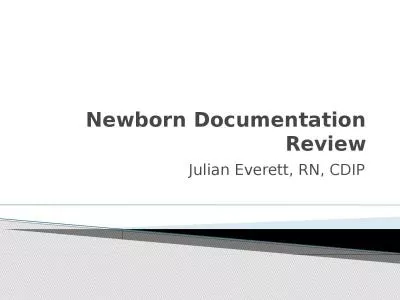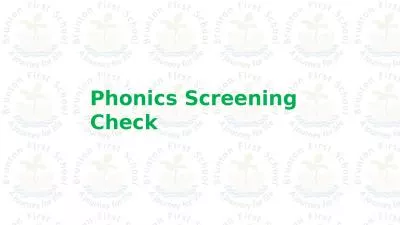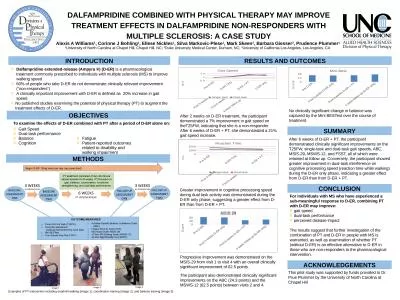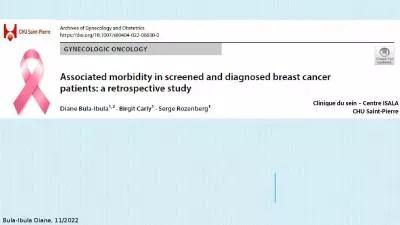PPT-16.7 Screening for clinically important genes
Author : giovanna-bartolotta | Published Date : 2015-11-08
Specification Reference 358 Lesson objectives How can DNA probes be used to screen patients for gene mutations What role does genetic counselling play in the process
Presentation Embed Code
Download Presentation
Download Presentation The PPT/PDF document "16.7 Screening for clinically important ..." is the property of its rightful owner. Permission is granted to download and print the materials on this website for personal, non-commercial use only, and to display it on your personal computer provided you do not modify the materials and that you retain all copyright notices contained in the materials. By downloading content from our website, you accept the terms of this agreement.
16.7 Screening for clinically important genes: Transcript
Download Rules Of Document
"16.7 Screening for clinically important genes"The content belongs to its owner. You may download and print it for personal use, without modification, and keep all copyright notices. By downloading, you agree to these terms.
Related Documents

